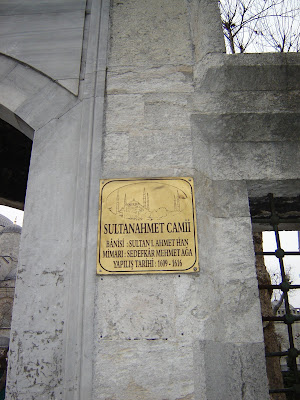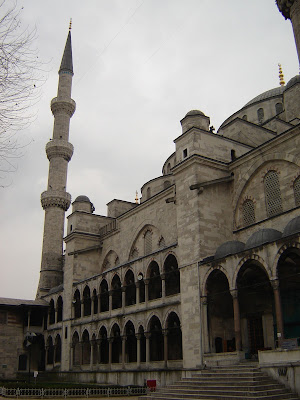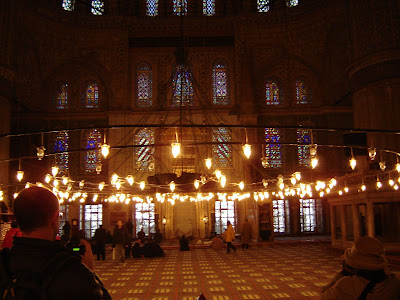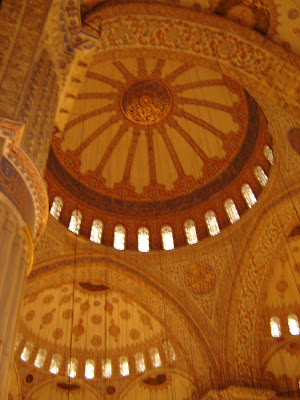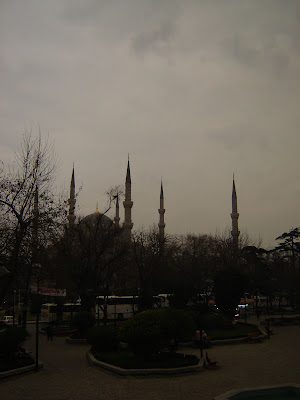
The mosque from afar.

The view of the mosque through the trees near the metro line that runs right in front of the mosque.
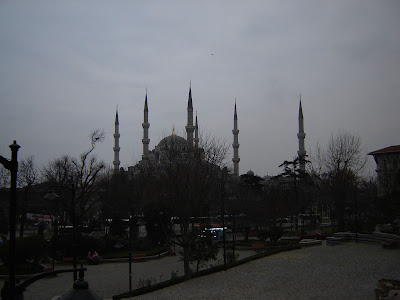
Approaching the mosque.

Different view.

Outside the mosque.
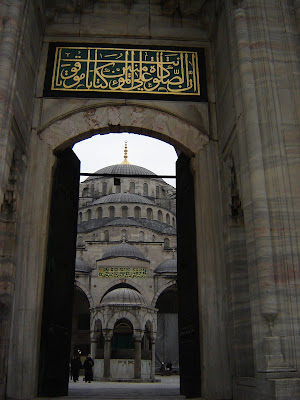
The view of the dome through the main entrance while climbing the stairs that lead inside.

Right outside the door.

Inside the perimeter of the mosque.

In the main courtyard.

A closer look.

One of the six minarets.






